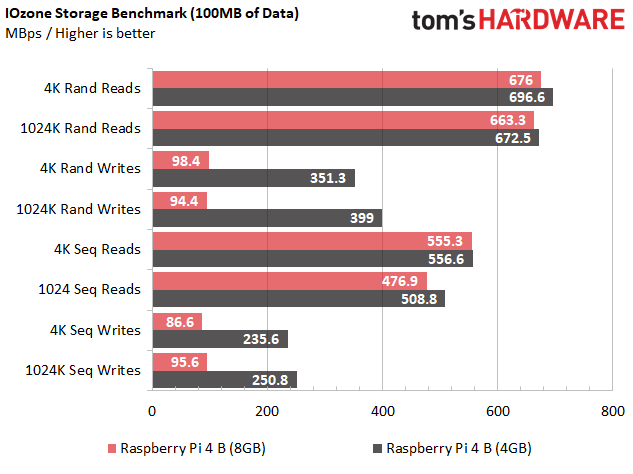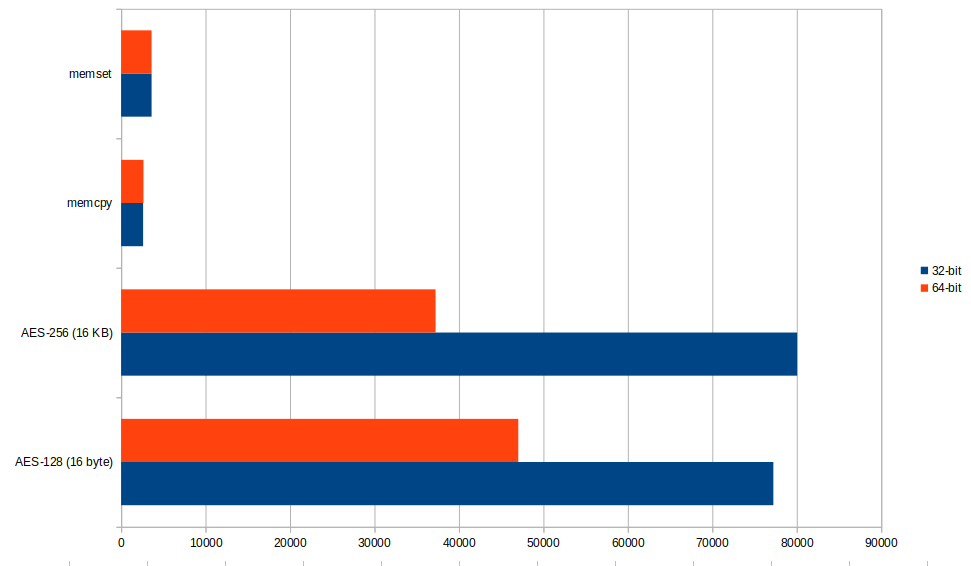

However, many programs use a multitude of processes, and EACH process can use up to 3GB (the Chromium navigator is an example, a process for each tab). That a single process, running in Raspberry Pi OS 32-bit/Raspbian, cannot use more than 3GB. (Eben Upton is responsible for the overall software and hardware architecture of the Raspberry Pi device. Sticking with a 32-bit userland has the benefit that the same image will run on every board from a 2011-era alpha board to today’s shiny new 8GB product." Source: 8GB Raspberry Pi 4 on sale now at $75 - Raspberry Pi Blog, Eben Upton. For most users this isn’t a serious restriction, particularly since every tab in Chromium gets its own process. This allows multiple processes to share all 8GB of memory, subject to the restriction that no single process can use more than 3GB. You can read my comparison between 64-bit and 32-bit Raspberry Pi OS here, and learn what you can really expect of these two versions. "Our default operating system image u ses a 32-bit LPAE kernel and a 32-bit userland. Raspberry Pi OS now has a 64-bit version, you may want to try it if you are looking for a nice increase in performance. With the introduction of the Pi4 8GB, this is no longer the absolute truth: The long answer:Īs previously mentioned above, the Pi 3 and Pi 4 are 64-bit capable, but there is little benefit to use a 64-bit OS until you have more than 4GB of memory (simplified explanation, of course). The Raspberry Pi 3 and 4 are 64-bit compatible, so they can run 32 or 64 bit OSes.Īs of this writing, Raspberry Pi OS 64-bit is in beta: Raspberry Pi OS (64 bit) beta test version, while the 32-bit version (previously named Raspbian) is a stable release. Raspberry Pi’s own silicon, the RP2040 used on the Pico board, has two ARM Cortex-M0+ cores clocked at 133MHz for lower level control applications.Is my Raspberry Pi 64-bit? The short answer: Of course, the 64bit Linux runs on ARM’ Cortex A class of processor core.
#RASPBERRY PI 4 64 BIT OS HOW TO#
But some applications will benefit from being able to allocate the entire memory of an 8GB Raspberry Pi 4 from a single process.Īnother point is that the 64-bit version of Chromium, installed by default, has no version of the WidevineCDM library and therefore, it is not possible to play streaming media such as Netflix or Disney+. Raspberry Pi has simple instructions on how to move back to the 32bit version for these streaming applications. Very few processes require more memory than this: happily Chromium, which is probably the most memory-intensive application in Raspberry Pi OS, spawns a process per tab.

The Raspberry Pi 4 uses the ARM Large Physical Address Extension (LPAE) to access up to 8GB of memory, subject to the constraint that any process is limited to accessing 3GB as the top 1GB of the virtual address space is reserved for the kernel.


Beyond that there are some performance benefits intrinsic to the A64 instruction set: today, these are most visible in benchmarks, but the assumption is that these will feed through into real-world application performance in the future.Ī more theoretical concern is that 32-bit pointers only allow developers to address 4GB of memory. Many closed-source applications are only available for arm64, and open-source ones aren’t fully optimised for the armhf port. ProductĬompatibility is a key concern, especially with some earlier boards in short supply. However this has still led to some confusion about which versions of Linux will run on which boards.


 0 kommentar(er)
0 kommentar(er)
